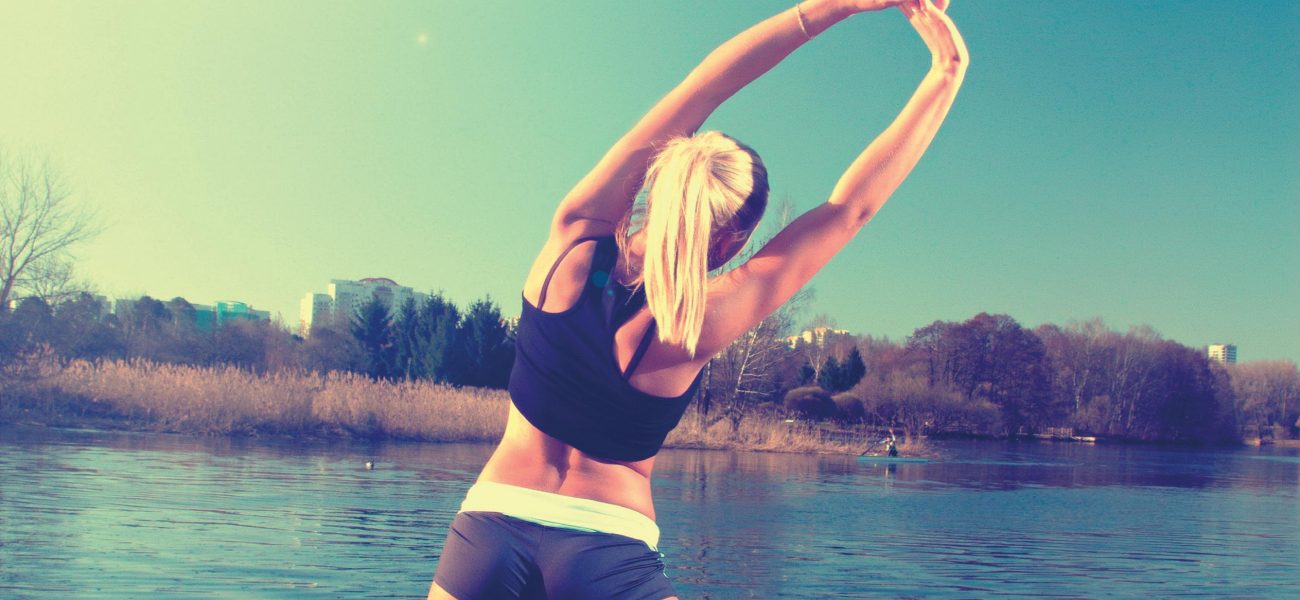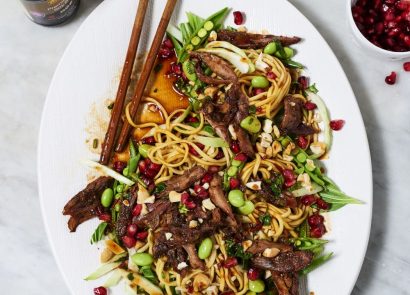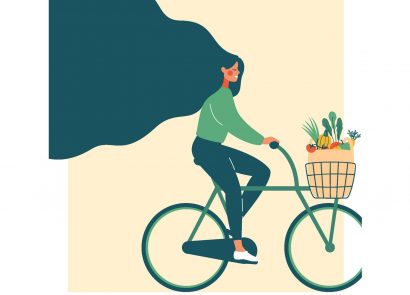Experts believe there’s been a shift in women’s body image desires. Where we once looked at catwalk models and photo-shopped fashion pages for inspiration, we’re now seeking out sports women for our new body heroes.
While we might have clearly defined fitness goals, our bodies and lifestyle change continually. We’ve asked the experts to help us with some age-specific advice…
30S
Personal trainer Paul Snowsell (paulabsolutefitness.co.uk) says, just because you haven’t got the free time for sports and activities that you might have had in your late teens and early 20s there’s no physical reason to slow down just because you’re 30. “Your body can still be put through its paces in exactly the same way. I often recommend clients in their 30s to consider stepping it up a gear in the gym; including weights and cardio intervals as a way of fighting potential weight gain.”
The Exercise: Interval Training
Focus on putting your body through short, sharp intense blasts of high intensity activity, this will help you exercise harder within a shorter time frame. Paul explains: “This can be done on the treadmill starting with 30-second sprints on a small incline, with a rest period of 30 seconds walking on a flat. Continue this for around 20 minutes. This will get your heart rate up in the fat-burning zone and it will stay working even in the recovery periods.”
EAT RIGHT:
Our 30s can be our busiest decade – balancing careers, young children and an active social life. Nutritionist Sarah West (sarahwestnutrition.co.uk) says, think quick, easy, yet healthy: “Microwavable brown rice sachets, frozen vegetables, wholewheat pasta, eggs, pre-cooked prawns and chicken slices are all excellent supermarket staples for this life-stage.”
40S
“After the age of 40 women loose one percent bone density each year, putting their body at risk of osteoporosis,” warns Paul. Resistance training has been proven to help prevent this. Paul recommends a full body resistance programme that concentrates on compound movements.
The Exercise: Weight Training
Chest press with dumbbells: Lie on the bench with a dumbbell in each hand and your feet flat on the floor, or rest your feet up on the bench if it’s more comfortable. Push the dumbbells up so that your arms are directly over your shoulders and your palms are facing up. Lower the dumbbells down until your elbows are slightly below your shoulders. (Do two sets of 15 reps).
Chair Squats:
Stand in front of a chair, as if to sit. Place your feet about shoulder-width apart, feet angled out slightly. Hold a dumbbell in each hand. Bend your knees. Shift your hips back and slowly lower yourself down until your butt’s just about touching the chair, then stand back up. Paul says, “This exercise is effective because it works so many muscle groups at one time. The more muscles you use, the more calories you burn.” (Do two sets of 15 reps).
Plank:
Start by getting into the pushup position on the floor, then bend your elbows to 90 degrees and rest your body weight on your forearms. “It’s important to ensure your elbows are directly under your shoulders while keeping a straight line from head-to-toe”, advises Paul. (Try to hold for 30-60 seconds, or as long as you can).
EAT RIGHT:
To help combat bone density loss, Sarah advises women look closely at their calcium intake: “Aim for 1,000mg a day from low-fat dairy products (such as live yogurt, milk and cheese), almonds, sardines and green leafy vegetables.”
50S
“Unfortunately, as we get older muscle growth becomes more challenging,” says Paul. “At this age it’s important to keep muscles and joints flexible, mobile and stable. I’d advise an exercise programme that gently mobilises the joints, through stability and balance exercises and most importantly, stretches them to gradually lengthen muscles and stay flexible.”
The Exercise: Posture work
Twice a day make time to sit on the floor (cross-legged if you can and on a cushion if comfier) and pull your back straight, imagine some string is pulling you up from your head. Hold as straight as possible, focusing on pulling the shoulder blades together, for one minute then relax.
EAT RIGHT:
As we get older problems in our joints and muscles become more frequent. Sarah says: “It can be helpful for women in their 50s to include anti-inflammatory foods in their diet, such as oily fish (salmon, mackerel, anchovies, fresh tuna, herring and sardines), plus antiinflammatory spices such as cinnamon, turmeric and ginger.”
}



















